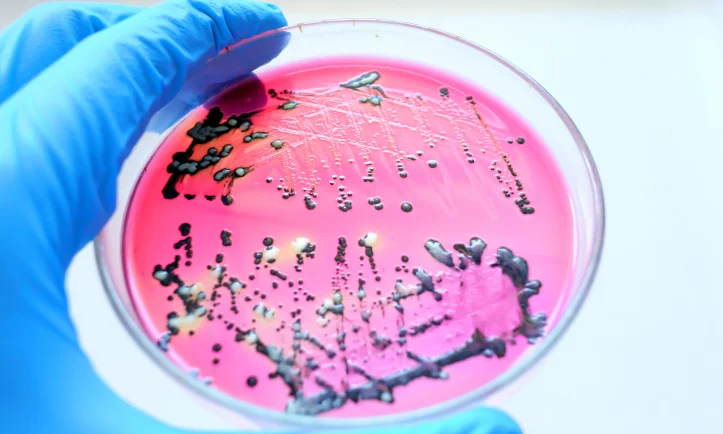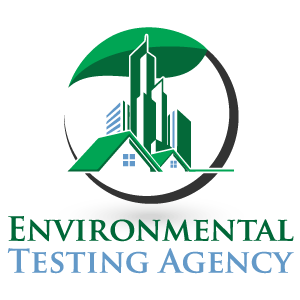Frequently Asked Questions (FAQs)
It can enter water through fecal contamination, sewage leaks, animal waste, and runoff from farms or storms. Poor infrastructure and flooding also increase the risk.
There should be zero Salmonella in drinking water. Any trace of the bacteria is unsafe and requires treatment.
No. Salmonella doesn’t change the water’s taste, smell, or look. Only lab testing can confirm its presence.
Yes. Boiling water for at least one minute kills Salmonella and most other harmful microorganisms.
Reverse osmosis and UV light systems are both excellent options. Combining methods (like RO and UV) offers added protection.
Yes. While many people recover, severe dehydration, sepsis, and other complications can occur, especially in vulnerable groups.
Yes. Their immune systems are more sensitive, and infections can be more serious. Extra caution is necessary for these groups.
It’s rare, but it can happen if the bottling process is contaminated or bottles are mishandled during storage.
Test once a year if you have a private well, and after any flood, septic issue, or illness outbreak in your household.
It’s unlikely, but cracked pipes or cross-connections with contaminated water can allow bacteria into your system.
Conclusion
Salmonella is more than just a food concern, it’s a water safety issue too. Since it’s invisible and potentially dangerous, it’s essential to stay vigilant. Whether you get your water from a public utility or a private well, make regular testing a priority. If contamination is found, take immediate action to treat your water using trusted methods like boiling, chlorination, or advanced filtration systems.
Clean, safe drinking water is essential to good health. Don’t wait for symptoms to appear, test your water, protect your household, and stay informed.


